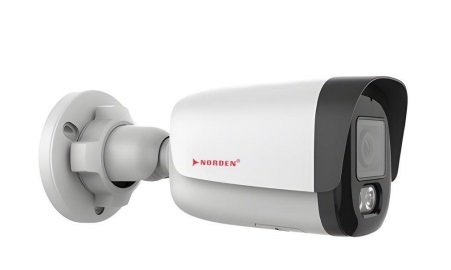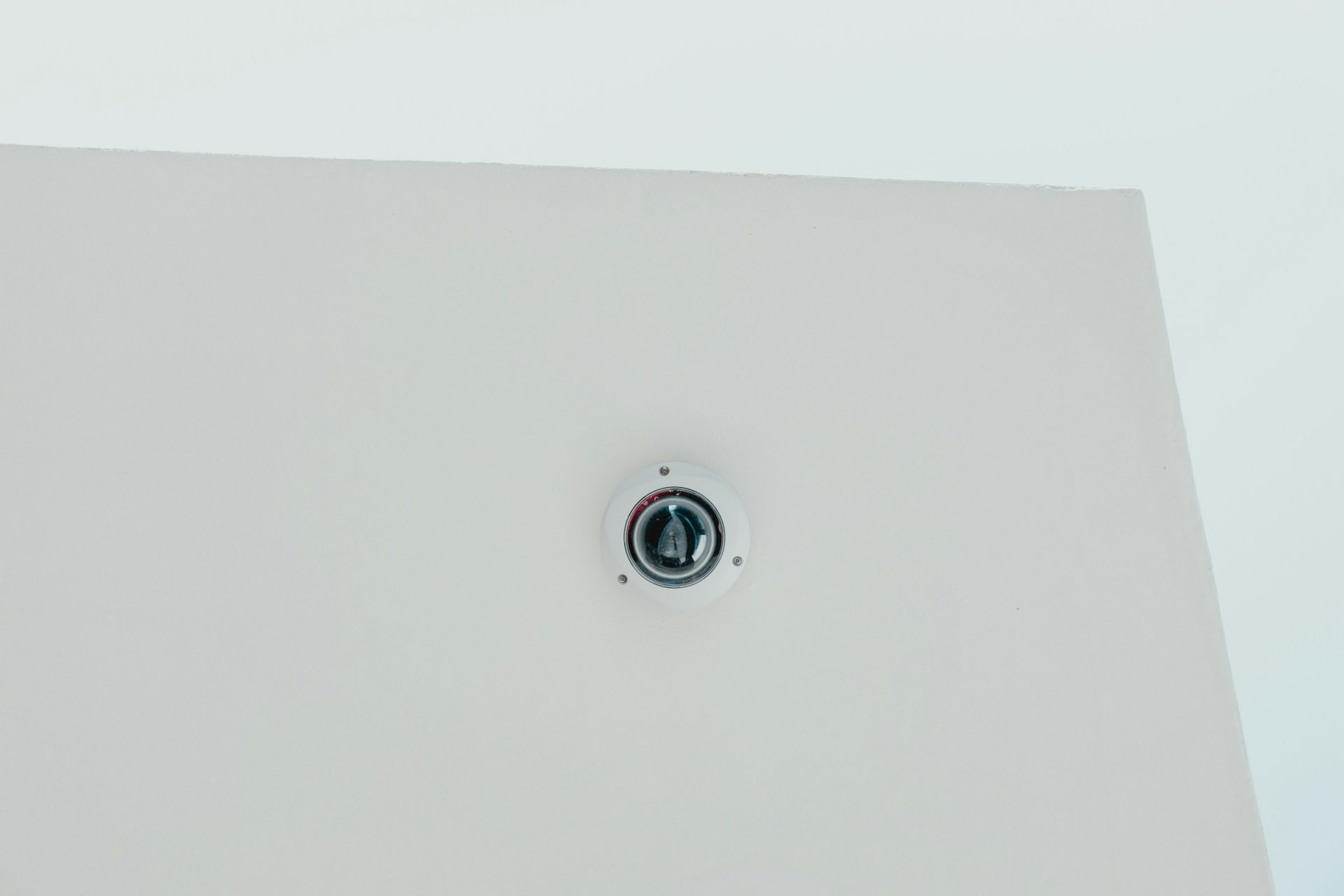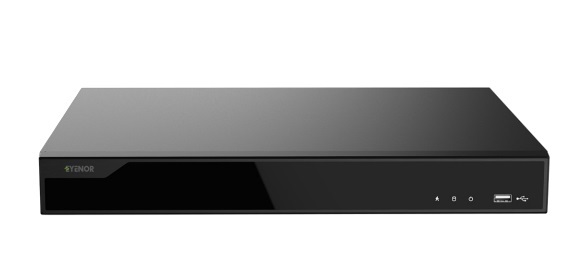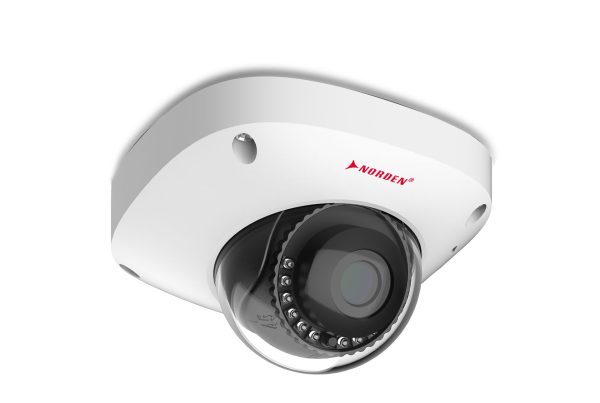Introduction
Selecting a security camera can be confusing, especially with the wide range of options available today. Bullet and dome cameras are both popular choices for video surveillance, known for their durability and quality footage. However, they’re designed for different purposes and settings. This article will help you understand the strengths and weaknesses of each so you can make the right choice for your needs.
Table of Contents
- Introduction
- Understanding CCTV Cameras: Why Choose Bullet or Dome?
- What Are Bullet Cameras?
- What Are Dome Cameras?
- Bullet vs Dome Cameras: A Detailed Comparison
- Indoor vs Outdoor Use: Choosing the Right Camera
- Installation and Maintenance Tips
- Camera Placement for Maximum Coverage
- Cost and Budget Considerations
- Conclusion
- FAQs
Understanding CCTV Cameras: Why Choose Bullet or Dome?
Bullet and dome cameras are widely used for CCTV surveillance due to their distinct shapes, capabilities, and installation requirements. Understanding the unique characteristics of each type can help in selecting the best camera for your particular surveillance needs.
What Are Bullet Cameras?
Bullet cameras get their name from their cylindrical shape, resembling a bullet casing. They are easily recognizable, highly visible, and often mounted on walls or ceilings for outdoor surveillance.
Key Features of Bullet Cameras
- High Visibility: The design of bullet cameras is a visual deterrent, which can discourage potential intruders.
- Long-Range Focus: These cameras are ideal for monitoring long distances, making them perfect for driveways or large outdoor areas.
- Weather Resistance: Most bullet cameras are designed to withstand various weather conditions, including rain, snow, and heat.
- Flexible Positioning: They are easy to reposition, allowing you to adjust the camera angle as needed.
Bullet cameras are a popular choice for outdoor surveillance where visibility and distance are essential.

What Are Dome Cameras?
Dome cameras have a rounded, dome-like shape and are typically installed on ceilings, providing a wider field of view. They are less noticeable than bullet cameras and are commonly used indoors.
Key Features of Dome Cameras
- Discreet Design: Dome cameras blend well with surroundings, making them less noticeable and suitable for indoor settings.
- Wider Coverage Area: Their design allows for a broad field of view, which is useful in open spaces or crowded areas.
- Vandal-Resistant Options: Some dome cameras come with vandal-proof housings, making them harder to tamper with.
- 360-Degree Rotation: Dome cameras often allow for full rotation, enabling extensive coverage of a particular area.
Dome cameras are ideal for indoor settings where subtlety and a broad coverage area are key.

Bullet vs Dome Cameras: A Detailed Comparison
Let’s look at the critical differences between bullet and dome cameras to help you decide which is the best option for your needs:
| Feature | Bullet Cameras | Dome Cameras |
|---|---|---|
| Design | Cylindrical, visible | Round, discreet |
| Best For | Outdoor areas | Indoor spaces |
| Installation | Wall or pole-mounted | Ceiling-mounted |
| Field of View | Narrow, long-range | Wide, adjustable angle |
| Weather Resistance | Weatherproof, outdoor-rated | Less outdoor-focused |
| Vandal Resistance | Moderate | High (vandal-resistant models) |
Both cameras serve specific needs, and understanding these differences can guide you in selecting the right system for your CCTV security options.
Indoor vs. Outdoor Use: Choosing the Right Camera
Your choice of camera should depend heavily on where it will be placed. Bullet cameras are generally better for outdoor use due to their weather-resistant design and long-range focus. They’re ideal for entrances, driveways, and parking lots where a visible deterrent may be beneficial.
On the other hand, dome cameras excel in indoor environments, especially in large, open areas like warehouses, offices, or retail stores. Their broad viewing angle can monitor wider spaces with a single camera.
Installation and Maintenance Tips
Installing and maintaining your cameras correctly is essential for optimal performance.
- Placement Matters: Place bullet cameras high enough to avoid tampering but low enough for effective monitoring.
- Avoid Obstructions: Ensure there are no obstacles blocking the camera’s view.
- Weatherproofing: For outdoor cameras, especially bullet types, use weatherproofing solutions if necessary.
- Regular Cleaning: Dust and debris can build up on lenses, affecting image clarity. Clean your cameras regularly.
Proper installation and maintenance can significantly enhance the lifespan and effectiveness of your surveillance camera types.
Camera Placement for Maximum Coverage
The positioning of your cameras directly impacts their effectiveness. To achieve comprehensive coverage:
- Strategic Entry Points: Place cameras at key entry points to monitor entrances and exits.
- Overlapping Views: Position cameras to have overlapping views, minimizing blind spots.
- Height Consideration: Mount cameras at appropriate heights for better visibility.
These placement strategies can help ensure that your CCTV coverage is thorough and minimizes any security gaps.
Cost and Budget Considerations
Budget plays a crucial role in selecting a CCTV system. Bullet cameras tend to be slightly more expensive than dome cameras due to their outdoor-ready design and longer range. However, consider the total cost, which includes installation, maintenance, and additional features like night vision or motion detection. A well-thought-out CCTV system doesn’t have to break the bank, but it’s wise to invest in reliable equipment.
To explore various models and prices, you can visit Promallshop’s CCTV Surveillance Solutions, where you can order the ideal CCTV setup for your needs.
Conclusion
When it comes to choosing between bullet and dome cameras, there’s no one-size-fits-all answer. Bullet cameras excel in outdoor applications, with high visibility and long-range focus, making them suitable for places needing deterrence. Dome cameras, on the other hand, are excellent for indoor spaces, offering a broader field of view and a more discreet design.
Understanding your specific requirements—whether it’s long-range outdoor monitoring or subtle indoor surveillance—will help you make the right choice. Ultimately, the best CCTV camera for you will depend on your environment, security needs, and budget.
FAQs
What is the main difference between bullet and dome cameras?
Bullet cameras are generally more suitable for outdoor use, while dome cameras are designed for indoor applications, offering wider coverage.
Are dome cameras suitable for outdoor use?
Yes, some dome cameras are weather-resistant and can be used outdoors, but bullet cameras are typically better suited for outdoor environments.
Do bullet cameras offer night vision?
Many bullet cameras come with night vision capabilities, making them effective for 24/7 outdoor monitoring.
Which camera type is more affordable?
Dome cameras tend to be more budget-friendly compared to bullet cameras, though prices vary based on features.
Can I install these cameras on my own?
Yes, many CCTV systems are DIY-friendly, but professional installation ensures proper placement and functionality.





